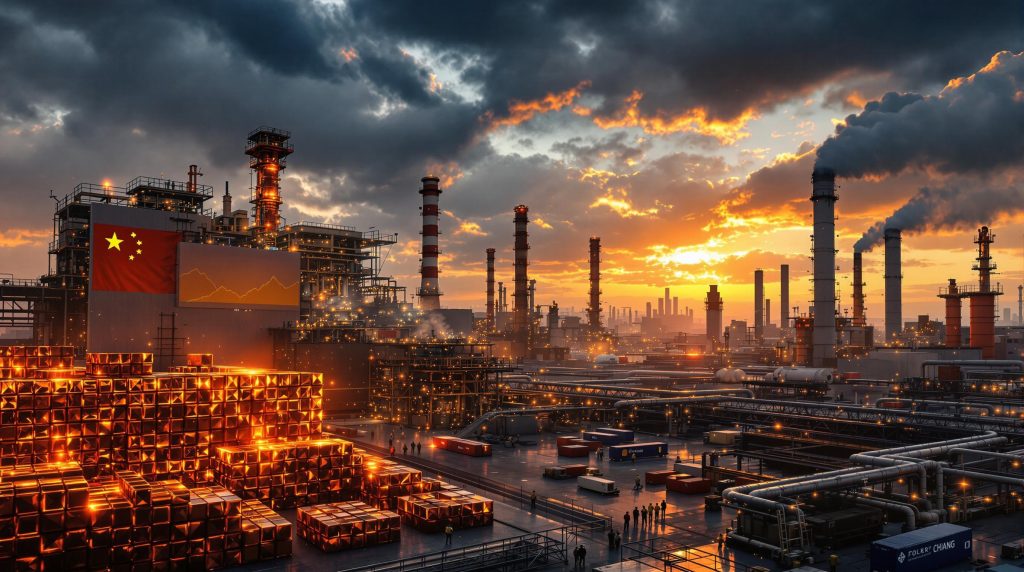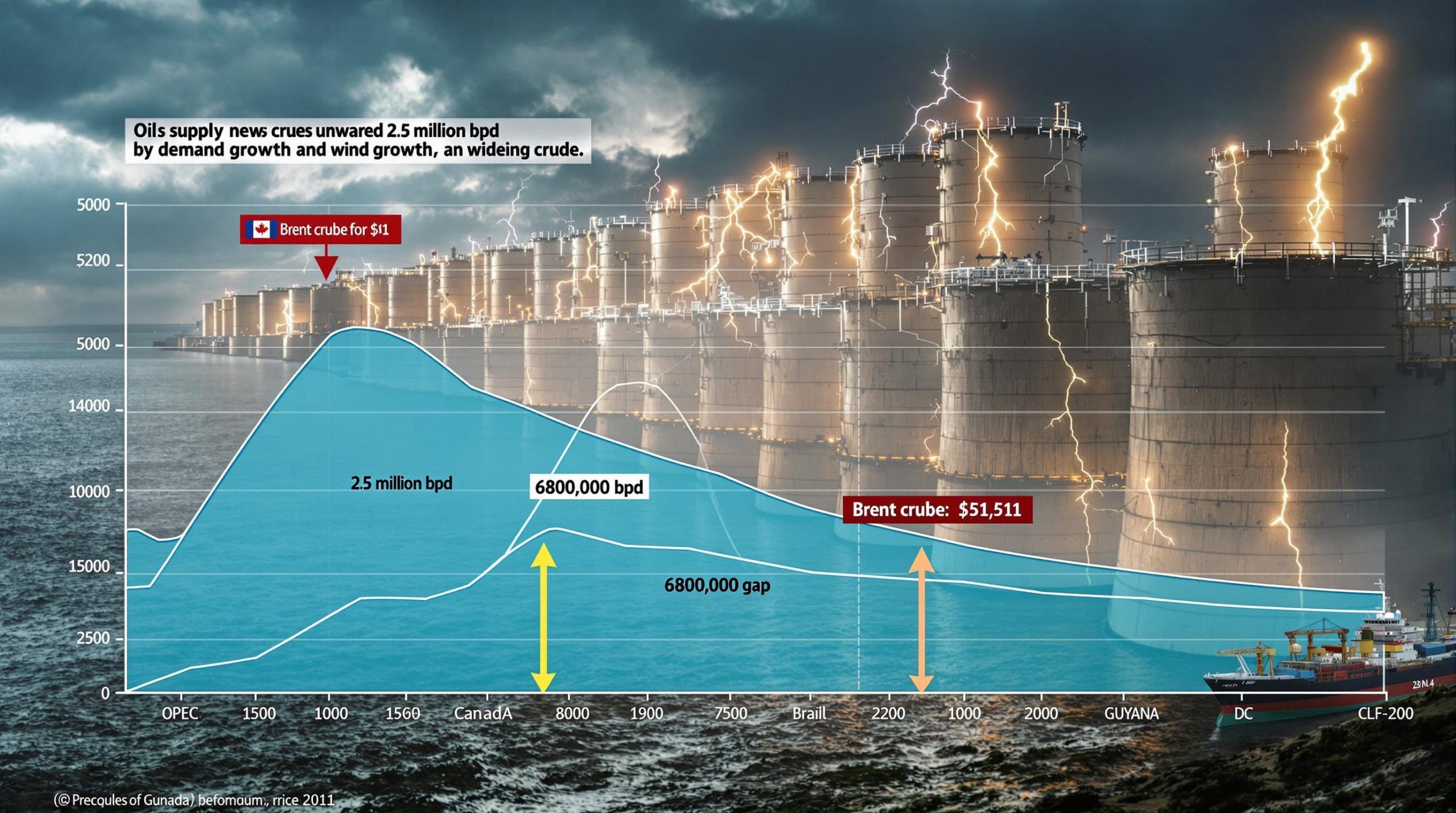Chinese Copper Smelters: Navigating Profitability Challenges in 2025
Chinese copper smelters are experiencing a complex market environment in 2025, with temporary margin improvements providing short-term relief amid persistent structural challenges. The delicate balance between capacity and concentrate availability continues to pressure the industry, even as certain market factors offer momentary breathing room for operators.
What's Causing the Margin Pressure for Chinese Copper Smelters?
Treatment Charge Dynamics
Treatment charges—fees paid by miners to smelters for processing copper concentrate—have been deeply negative but have shown improvement over the past six weeks. This modest uptick provides temporary relief to Chinese copper smelters and short-term relief, though the overall market remains challenging.
These charges represent approximately one-third of a smelter's income, making their recovery crucial for operational viability. The recent improvement stems largely from an unexpected Indonesian supply surge, which has freed up more concentrate cargoes for delivery to China.
Despite this positive trend, industry experts caution that current market conditions only offer short-term margin improvements rather than resolving underlying structural issues. The cyclical nature of treatment charges creates significant planning difficulties for smelter operators attempting to forecast future profitability.
Supply-Demand Imbalance
China hosts over 50% of global copper smelting capacity, creating a persistent mismatch between installed smelting capacity and available concentrate. This imbalance represents the fundamental challenge facing the Chinese copper smelting sector.
"There's still too much capacity and insufficient concentrate to go around," notes Li Chengbin, analyst with Mysteel Global, highlighting the industry's structural overcapacity issue.
The situation is expected to tighten further when seasonal maintenance schedules reduce output in September-October 2025. While maintenance periods typically help balance the market temporarily, they don't address the root cause of overcapacity.
Industry data indicates that despite temporary relief from Indonesian imports, the structural oversupply of smelting capacity remains unresolved, creating a competitive environment where smelters struggle to secure sufficient concentrate at economically viable prices.
How Are Indonesian Exports Affecting the Market?
Freeport-McMoRan's Unexpected Supply Increase
A significant factor in the current market dynamics is Freeport-McMoRan's unexpectedly large volumes of ore sales following an outage at its Indonesian smelter. This temporary situation has created a window of opportunity for Chinese smelters to access additional concentrate.
However, this supply surge comes with a critical limitation: Freeport's short-term export license expires in mid-September 2025. The temporary nature of this increased supply complicates long-term planning for Chinese smelters, as any operational adjustments based on current conditions may need reversal when Indonesian exports normalize.
The discounted Indonesian material has created a temporary loosening in the concentrate market, improving the economics of processing in China. Smelters taking advantage of this situation must balance short-term opportunities against longer-term copper investment strategies.
Impact on Global Concentrate Flows
The redirection of Indonesian shipments to China has eased immediate supply constraints, creating a ripple effect throughout global concentrate flows. Chinese smelters have benefited from increased availability, while other regions have seen corresponding adjustments in supply patterns.
The time-limited nature of this export permission creates significant market uncertainty beyond September 2025. Industry analysts project potential market tightening once the Indonesian export license expires, potentially reversing recent gains in treatment charges.
This short-term planning horizon complicates operational decisions for smelter managers, who must weigh current profitability against potential market shifts. The temporary nature of this supply relief highlights the vulnerability of Chinese smelters to external supply disruptions.
What's Supporting Chinese Smelter Margins Currently?
Byproduct Revenue Streams
A crucial factor supporting smelter economics in 2025 is the price of sulfuric acid, a valuable byproduct of the copper smelting process. Sulfuric acid prices have reached three-year highs, providing a significant supplementary income stream for smelters.
"Smelters could now be turning a small profit," according to Li Chengbin of Mysteel Global, citing the combined effect of improved treatment charges and higher sulfuric acid prices. This byproduct revenue has become increasingly important as a margin support mechanism during periods of negative treatment charges.
The chemicals industry's strong demand for sulfuric acid has created this favorable pricing environment, though smelters recognize the typically cyclical nature of this market as well. The temporary confluence of improving treatment charges and strong byproduct prices offers a rare positive moment for smelter economics.
Production Records Despite Challenges
Despite ongoing margin pressures, Chinese monthly refined copper output has set successive records in 2025, exceeding 1.3 million tons for the first time in June. This production performance highlights the complex dynamics at play in the industry, where output continues to grow despite challenging economics.
Industry analysts widely view these production levels as unsustainable given the persistent margin pressures, concentrate availability challenges, and government policies targeting industrial overcapacity. The disconnect between economic fundamentals and production levels raises questions about long-term industry sustainability.
Government overcapacity concerns add another layer of complexity, as regulatory pressure creates additional constraints on smelter operations. The tension between maintaining market share and addressing overcapacity creates strategic dilemmas for smelter operators.
Will Chinese Smelters Increase Production?
Profitability Considerations
Despite the recent improvement in margins, industry experts remain skeptical about Chinese smelters' ability to expand production. "Chinese smelters still aren't making enough money to plan on boosting production," notes Li Chengbin of Mysteel Global, suggesting current margin improvements are insufficient to drive expansion.
The short-term relief provided by Indonesian supply and strong sulfuric acid prices has not translated to long-term operational confidence. Smelter operators must weigh temporary opportunities against persistent structural challenges when making production decisions.
Profitability calculations are further complicated by the temporary nature of supporting factors. The impending expiration of Freeport's export license and the historically cyclical nature of sulfuric acid prices create significant uncertainty about future margin prospects.
Government Policy Influence
China's ongoing campaign against industrial overcapacity is increasingly influencing strategic decisions in the copper smelting sector. The regulatory environment has become more challenging for capacity expansion, as government policies aim to address industry-wide overcapacity concerns.
Smelter operators face a delicate balancing act between maintaining market share and addressing overcapacity issues. Those with newer, more efficient facilities may be better positioned to navigate this regulatory landscape, while older operations face mounting pressure.
Policy considerations have become increasingly important in operational planning, with smelters factoring regulatory risks into investment decisions. The government's focus on overcapacity issues adds another layer of complexity to an already challenging market environment.
What Are the Long-Term Prospects for Chinese Copper Smelting?
Structural Market Challenges
The persistent gap between installed capacity and concentrate availability represents the fundamental long-term challenge for Chinese copper smelting. This structural imbalance creates ongoing pressure on processing margins despite temporary improvements.
The cyclical nature of treatment charges creates significant planning difficulties for smelter operators. Historical patterns suggest that periods of improvement are typically followed by renewed pressure, making long-term strategic planning particularly challenging.
Industry consolidation appears increasingly likely as marginal producers face sustainability challenges. More efficient operations with diversified revenue streams and strong concentrate supply relationships may emerge stronger, while less competitive facilities face difficult decisions about continued operation.
Strategic Positioning
Forward-thinking Chinese smelters are reassessing their competitive positioning in the global market. This strategic evaluation includes consideration of vertical integration opportunities to secure concentrate supply, reducing vulnerability to market fluctuations.
Technological upgrades to improve operational efficiency and reduce costs represent another strategic priority. Investments in advanced processing technologies, energy efficiency, and emissions reduction not only address cost pressures but also position smelters more favorably in a regulatory environment increasingly focused on environmental performance.
Diversification of revenue streams has become increasingly important to reduce dependency on treatment charges. Beyond sulfuric acid, some smelters are exploring additional byproduct recovery or downstream integration to create more stable economic foundations.
How Does This Impact the Global Copper Market?
Supply Chain Implications
Chinese smelting capacity plays a crucial role in global copper supply forecast, making production decisions in China significant for worldwide metal availability. The interconnected nature of global copper markets means that changes in Chinese production have ripple effects throughout the supply chain.
The potential for supply disruptions remains if margins remain compressed over an extended period. While short-term relief factors are supporting current production, the underlying economic challenges could eventually force production curtailments if structural issues aren't addressed.
Downstream industries are closely monitoring smelter economics for supply risk assessment. Manufacturers dependent on refined copper are increasingly factoring Chinese smelter dynamics into their supply security planning, recognizing the potential for market tightness if economic pressures force production adjustments.
Price Effects and Market Signals
Treatment charge trends provide early indicators of market direction, making them valuable signals for copper market participants. The recent improvement in spot treatment charges suggests some easing of concentrate market tightness, though from a historically low base.
Refined copper pricing is influenced by smelter production decisions, creating a connection between smelter economics and broader market pricing. The ability of Chinese smelters to maintain current production levels despite challenging economics has helped prevent more significant price increases in refined copper.
The market continues adjusting to potential production constraints, with price premiums reflecting supply risk assessments. Supply-side economics have become increasingly important for copper price prediction, as the interplay between concentrate availability and smelting capacity drives market dynamics.
FAQ: Chinese Copper Smelting Industry
What are treatment charges and why are they important?
Treatment charges are fees paid by miners to smelters for processing copper concentrate into refined metal. They represent approximately one-third of smelter income and are a critical component of profitability. Negative treatment charges indicate extreme market tightness where smelters must pay premiums to secure concentrate.
These charges fluctuate based on the balance between concentrate supply and smelting capacity. When concentrate is abundant relative to capacity, treatment charges rise, improving smelter profitability. Conversely, when concentrate is scarce relative to capacity, treatment charges fall, potentially becoming negative in extreme cases.
Why is sulfuric acid pricing significant for copper smelters?
Sulfuric acid is a valuable byproduct of the copper smelting process. When prices for this chemical rise, as they have to three-year highs in 2025, smelters gain an important secondary revenue stream that can help offset challenges in their primary business of metal production.
The economics of copper smelting increasingly depend on this byproduct revenue, particularly during periods of compressed treatment charges. Strong demand from the chemicals industry and agricultural sectors (for fertilizer production) drives sulfuric acid pricing, creating an important supplementary income source for smelters.
How sustainable is China's record copper production?
Industry analysts widely view China's record production levels (exceeding 1.3 million tons monthly) as unsustainable given the persistent margin pressures, concentrate availability challenges, and government policies targeting industrial overcapacity.
The current production pattern appears driven more by short-term factors and market share considerations than by fundamental economics. Without structural improvements in the balance between capacity and concentrate availability, production adjustments appear increasingly likely once temporary supporting factors dissipate.
What happens when Freeport-McMoRan's temporary export license expires?
When the mid-September 2025 deadline passes, the unexpected surge in Indonesian concentrate availability will likely end, potentially tightening the market again and putting renewed pressure on treatment charges and smelter margins.
This expiration creates a potential inflection point for the market, as the temporary loosening of concentrate supply gives way to more constrained conditions. Smelters that have adapted operations to take advantage of this temporary opportunity will need to readjust strategies once this supply source normalizes.
Investors closely watching this sector should also consider the emerging copper-uranium investment outlook as a potential diversification strategy, particularly as traditional copper-only investments face increasing market volatility. Furthermore, recent copper partnership insights suggest that strategic alliances may become increasingly important for navigating the challenging market environment.
Disclaimer: This article contains market analysis and forward-looking statements about the copper industry. Predictions about future market conditions, production levels, and profitability are based on current information and expert analysis but remain subject to uncertainty. Readers should conduct their own research before making investment or business decisions based on this information.
Looking to Identify the Next Major Mineral Discovery on the ASX?
Discovery Alert's proprietary Discovery IQ model provides instant notifications when significant ASX mineral discoveries are announced, transforming complex data into actionable investment insights. Explore why historic discoveries can generate substantial returns by visiting our dedicated discoveries page and begin your 30-day free trial today to position yourself ahead of the market.




